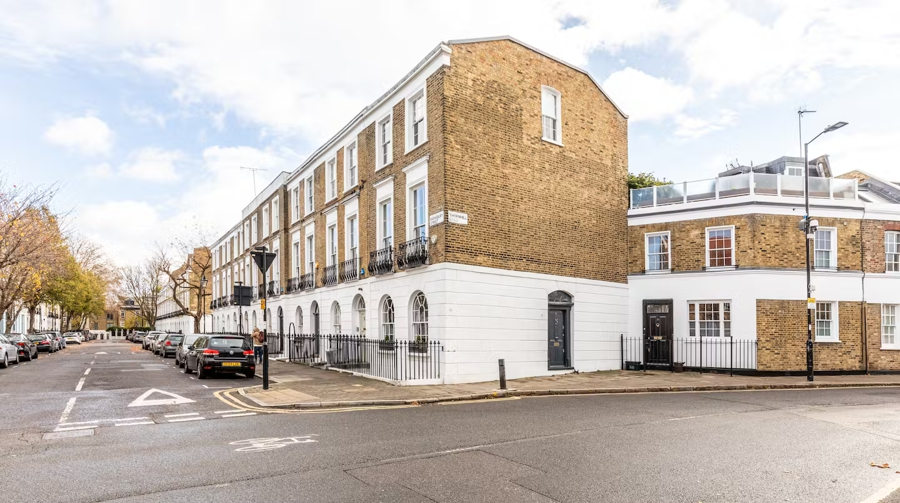Islington Barnsbury Building Regulations: Nurturing Architectural Harmony in Timeless London
In the heart of London, where the rich tapestry of history seamlessly blends with modernity, lies the borough of Islington. Among its many architectural gems, the Barnsbury area stands out, not just for its picturesque charm but also for the meticulous guidelines that govern its architectural landscape. The Islington Barnsbury Building Regulations, a set of rules and standards, form the backbone of this community, ensuring that every brick laid and every window framed pays homage to the area’s unique character.
To understand the essence of Islington Barnsbury Building Regulations, one must embark on a journey through time. Barnsbury, once a rural retreat on the outskirts of London, gradually transformed into an affluent residential neighborhood. As the Victorian era dawned, the area witnessed a surge in construction, birthing an architectural legacy that still stands proudly today.
In the 19th century, Barnsbury became a canvas for architectural experimentation. Mansions with grand facades and ornate ironwork gates adorned the streets, reflecting the prosperity of the Victorian elite. However, this unbridled creativity soon led to a need for regulations to preserve the neighborhood’s distinct character.
The Islington Barnsbury Building Regulations were born out of a necessity to balance progress with preservation. Adopted in the late 1800s, these regulations aimed to maintain the architectural integrity of the area while accommodating the changing needs of its residents. As industries thrived and the city expanded, the guidelines evolved to address emerging challenges.
Fast forward to the present day, and Islington Barnsbury Building Regulations continue to shape the architectural narrative of the area. The regulations cover a spectrum of aspects, from the types of materials permitted for construction to the permissible height and scale of buildings. They also delve into finer details, such as the design of doors, windows, and even the color palette of facades.
One of the primary objectives of these regulations is to preserve the unique character of Barnsbury. The conservation of historic buildings, in particular, is meticulously overseen. Adaptive reuse of old structures is encouraged, provided it aligns with the regulations, allowing the community to maintain a delicate balance between the old and the new.
In an era increasingly conscious of environmental sustainability, the Islington Barnsbury Building Regulations have adapted to include provisions for eco-friendly construction. From energy-efficient windows to green roofs, the guidelines not only reflect architectural sensibilities but also a commitment to a greener future.
The regulations are not static; they are a product of ongoing dialogue between the local authorities and the community. Public input is sought on proposed changes, ensuring that the regulations reflect the aspirations and concerns of the people who call Barnsbury home. This collaborative approach has been instrumental in fostering a sense of ownership and pride among the residents.
However, like any set of regulations, Islington Barnsbury Building Regulations are not immune to controversy. Striking a balance between preservation and progress is an ongoing challenge. Some argue that the stringent guidelines stifle innovation, while others appreciate the safeguarding of the neighborhood’s unique identity.
In the intricate tapestry of Islington’s architectural history, the Barnsbury area stands as a testament to the delicate dance between tradition and progress. The Islington Barnsbury Building Regulations, like invisible threads, weave through time, preserving the legacy of this remarkable neighborhood. As the city continues to evolve, these regulations serve as both a guardian of the past and a blueprint for the future, ensuring that the spirit of Barnsbury endures for generations to come.



Comments are closed